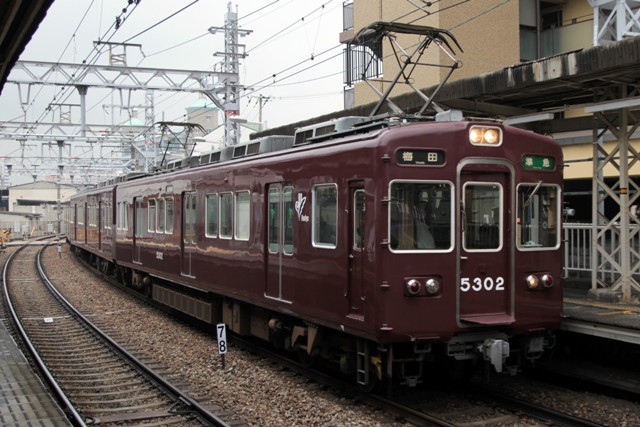Mishima is a gateway city to the Izu resort area. It's located about 120 kilometers southwest of Tokyo. The JR Central Tokaido Shinkansen, the Tokaido main line and Izu-Hakone Railway trains extend to Mishima station. Many holidaymakers pass through this station to visit Shuzenji, Izu-Nagaoka and the other reputable sightseeing places.
Wait a moment please. Mishima is not just any transit city. It has its own must-see spots. For instance, I recently visited Mishima Skywalk in the suburban area. It's 400 meters-long, the longest suspension bridge in Japan. Crossing this pedestrian bridge, I could enjoy an excellent view including snow-capped Mt. Fuji. Besides the bridge, many people were enjoying zip-line rides.
For rail-fans, I also recommend visiting Mishima Hometown Museum in the downtown area. You can see a preserved steam locomotive (SL), unit 322 of the Class C58 in front of the museum building. The C58 is a 2-6-2 type (Whyte notation) large SL coupled with a coal tender. A total of 431 units were built by Kisha Seizo and Kawasaki Sharyo between 1938 and 1947. Unit 322 was built by Kisha Seizo Osaka Factory in 1942. After being operated on the Hokuriku main line, it was moved to Mishima City and preserved as an exhibition for Mishima Hometown Museum in 1971.
For your information, two units of the Class C58, namely numbers 239 on the JR East Kamaishi line and 363 on the Chichibu Railway, are still operated on the tracks as sightseeing trains.
Wait a moment please. Mishima is not just any transit city. It has its own must-see spots. For instance, I recently visited Mishima Skywalk in the suburban area. It's 400 meters-long, the longest suspension bridge in Japan. Crossing this pedestrian bridge, I could enjoy an excellent view including snow-capped Mt. Fuji. Besides the bridge, many people were enjoying zip-line rides.
For rail-fans, I also recommend visiting Mishima Hometown Museum in the downtown area. You can see a preserved steam locomotive (SL), unit 322 of the Class C58 in front of the museum building. The C58 is a 2-6-2 type (Whyte notation) large SL coupled with a coal tender. A total of 431 units were built by Kisha Seizo and Kawasaki Sharyo between 1938 and 1947. Unit 322 was built by Kisha Seizo Osaka Factory in 1942. After being operated on the Hokuriku main line, it was moved to Mishima City and preserved as an exhibition for Mishima Hometown Museum in 1971.
For your information, two units of the Class C58, namely numbers 239 on the JR East Kamaishi line and 363 on the Chichibu Railway, are still operated on the tracks as sightseeing trains.

















